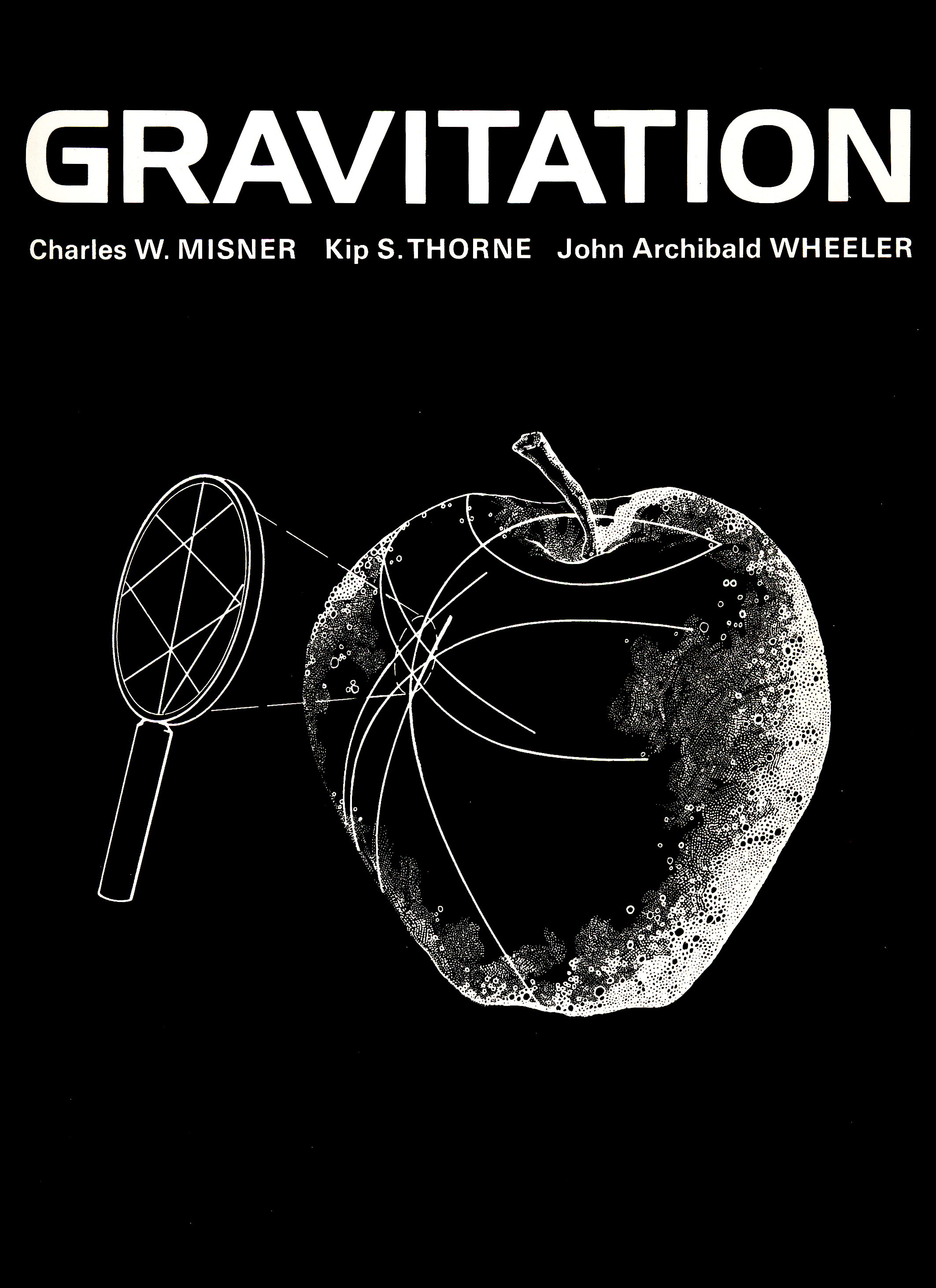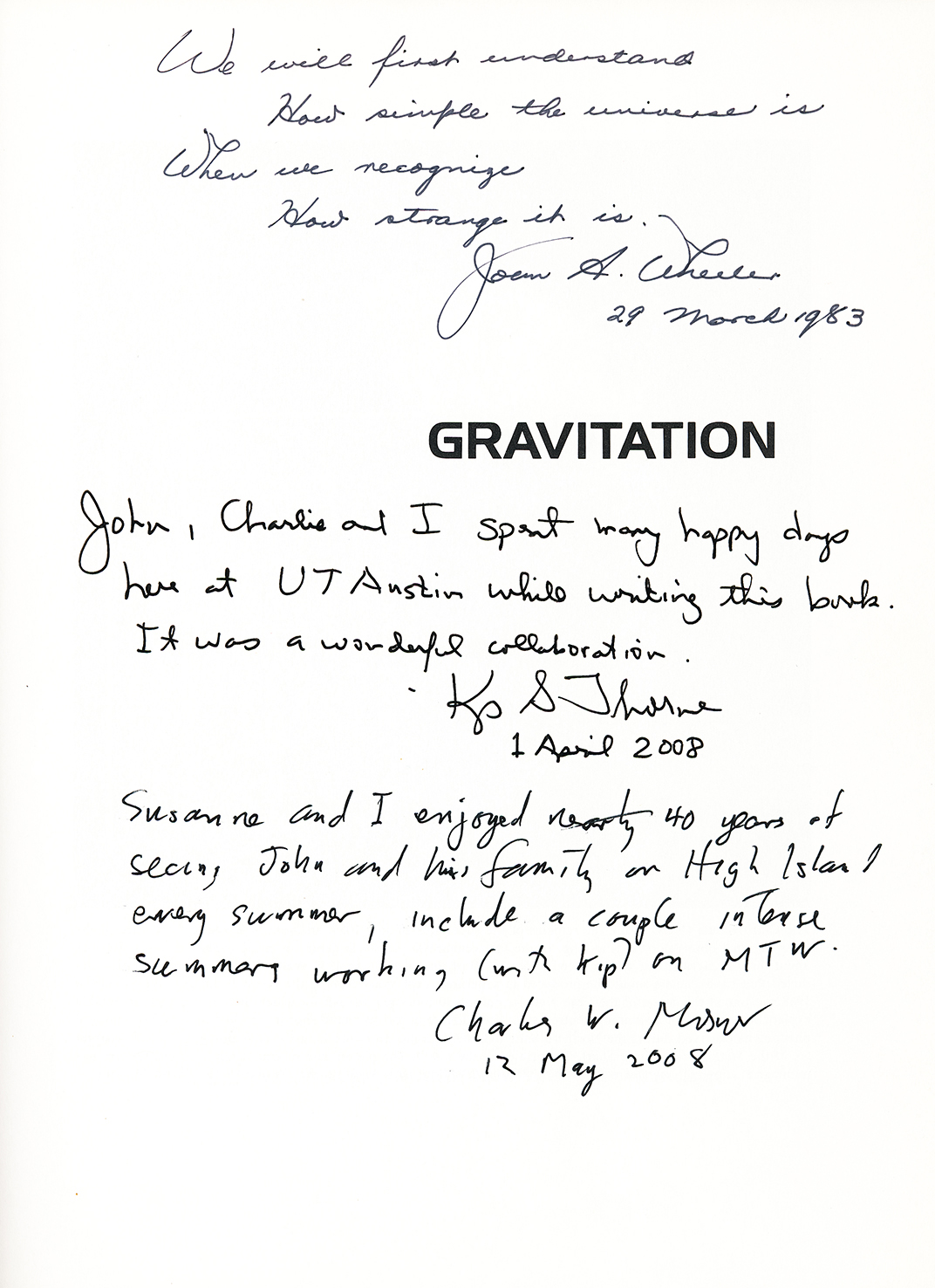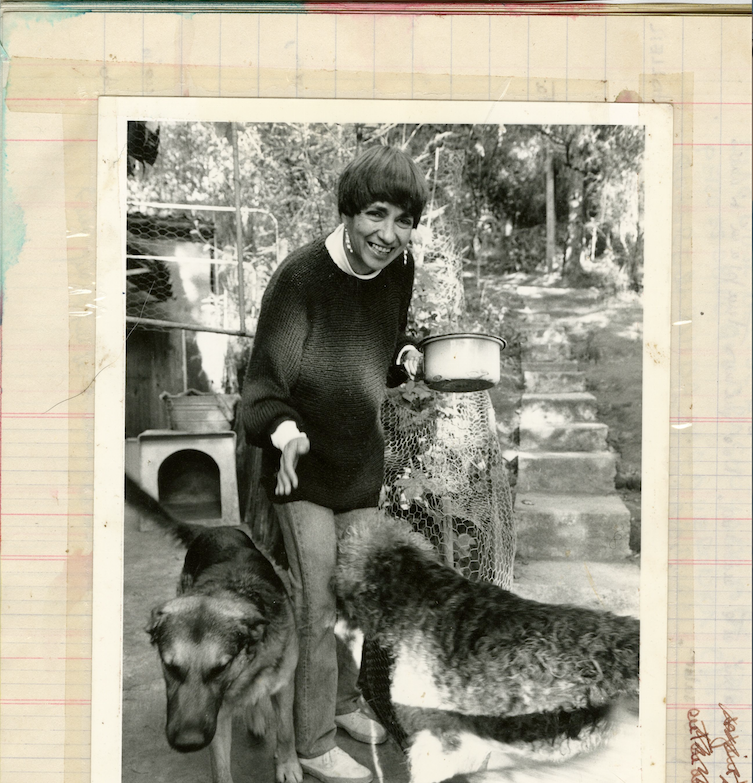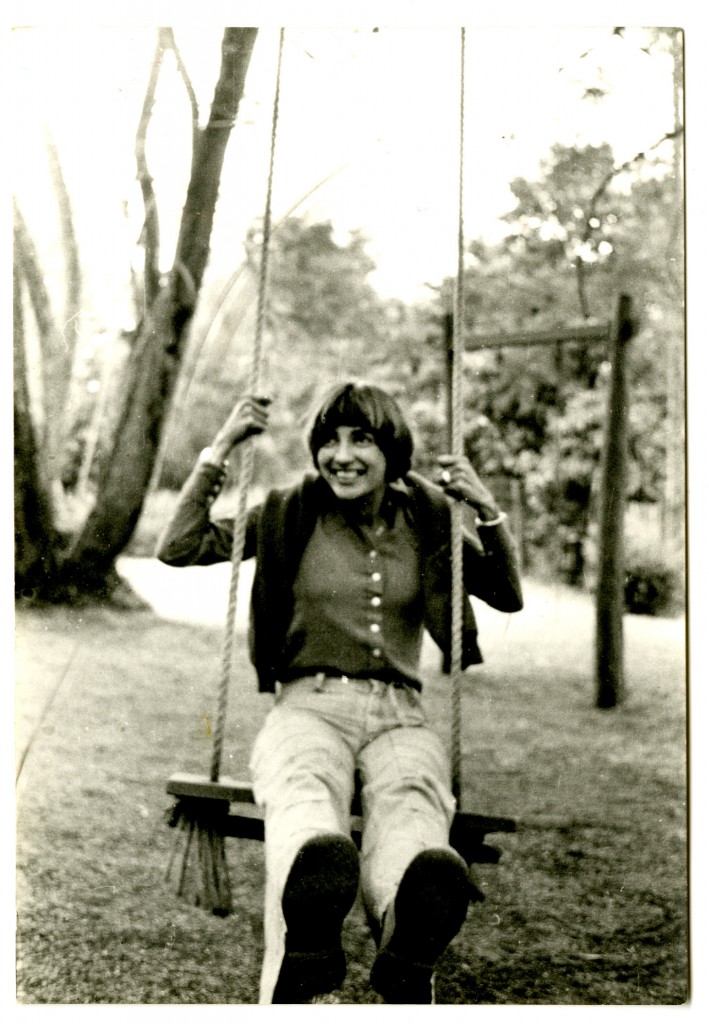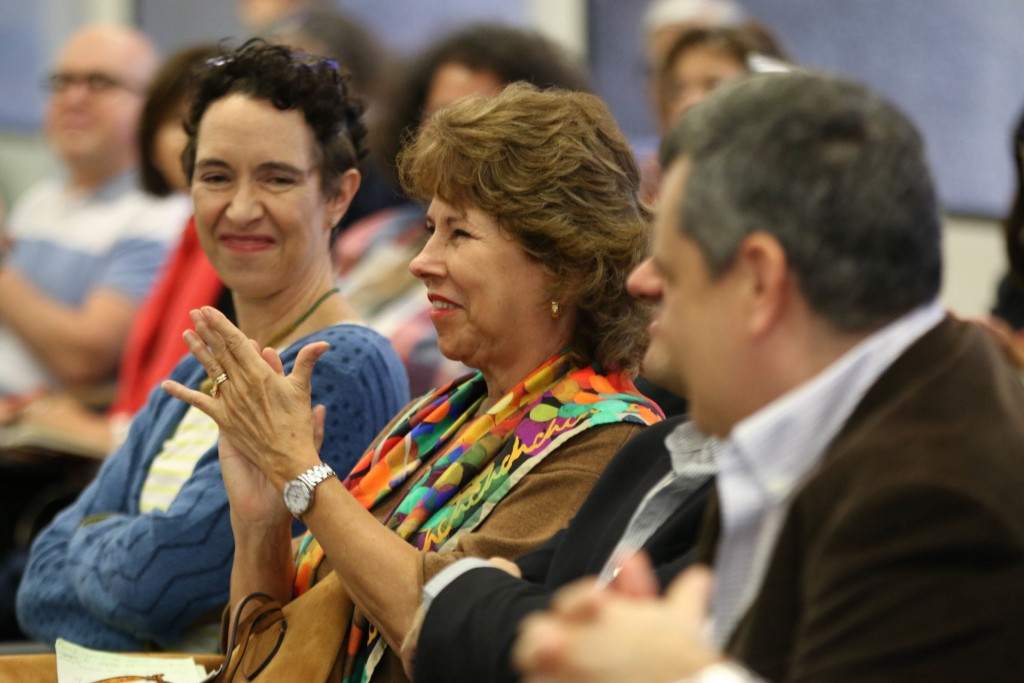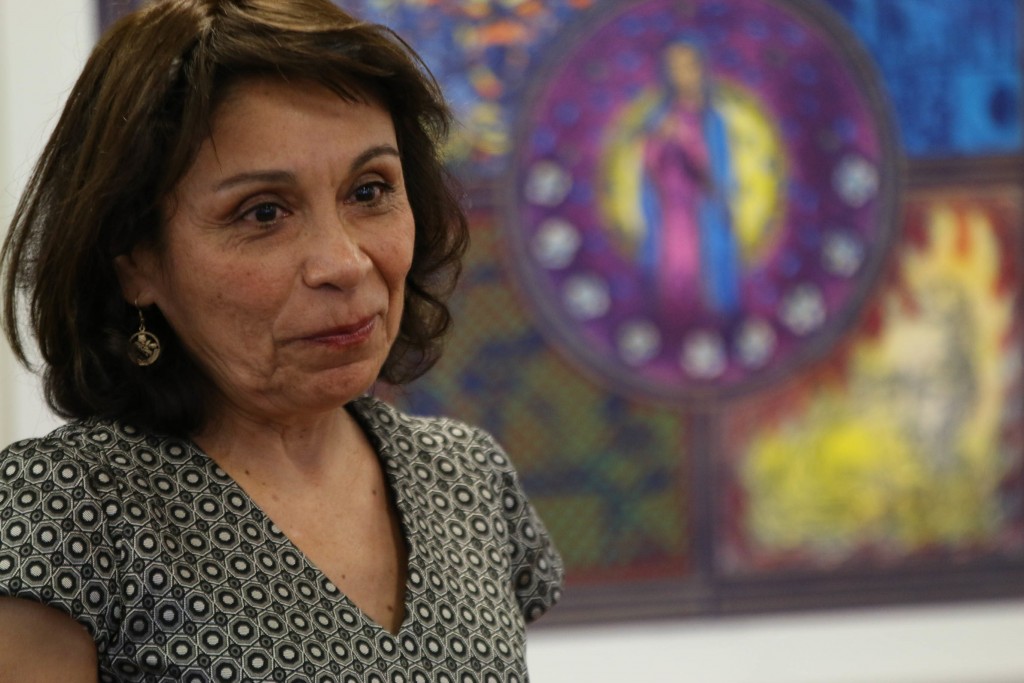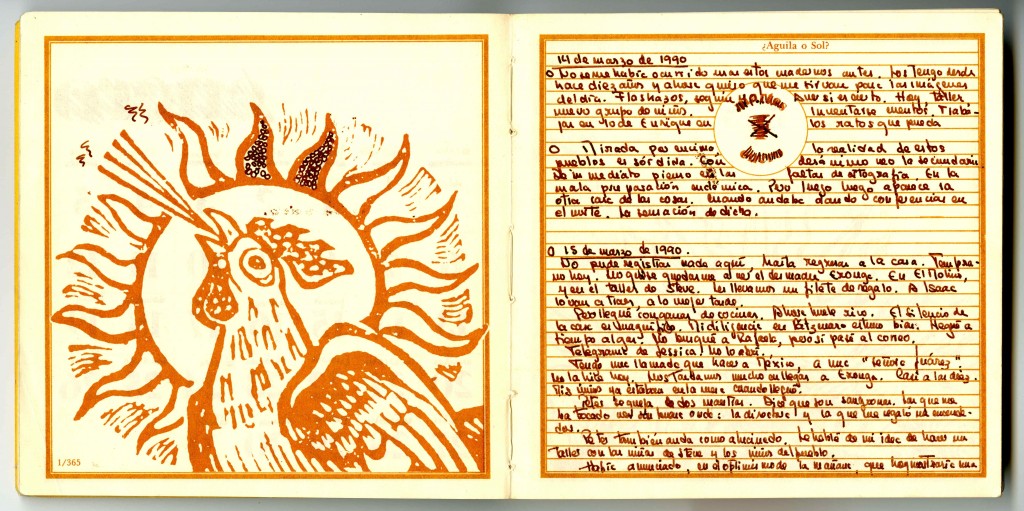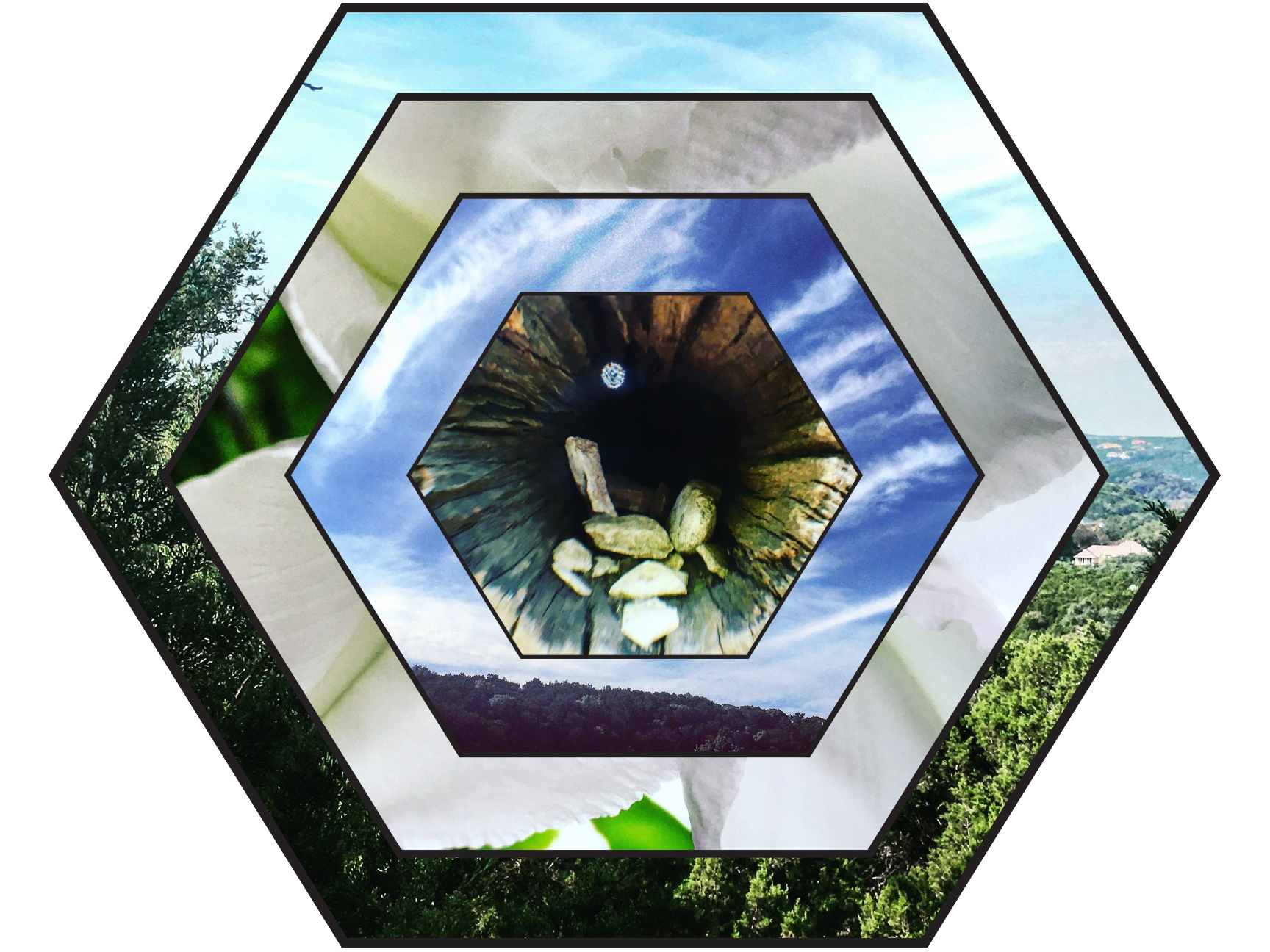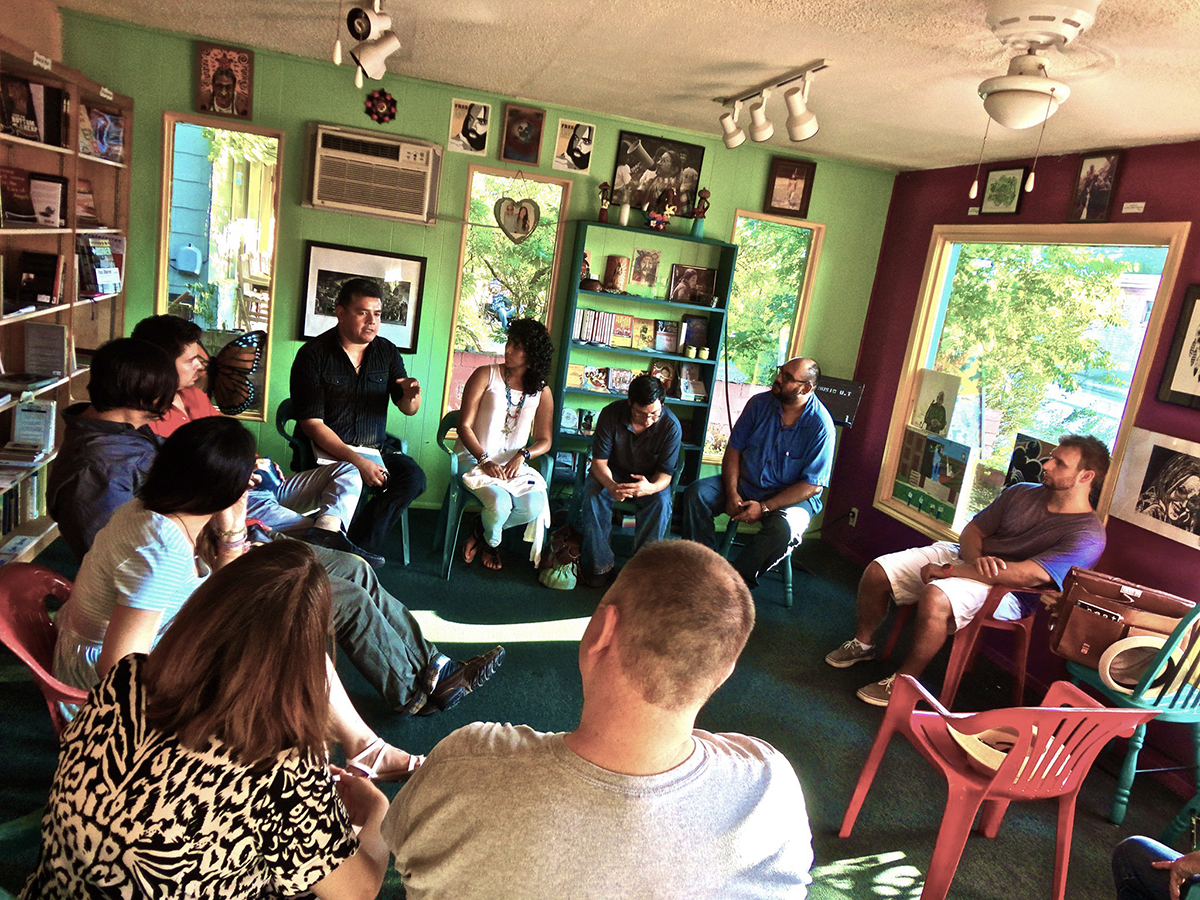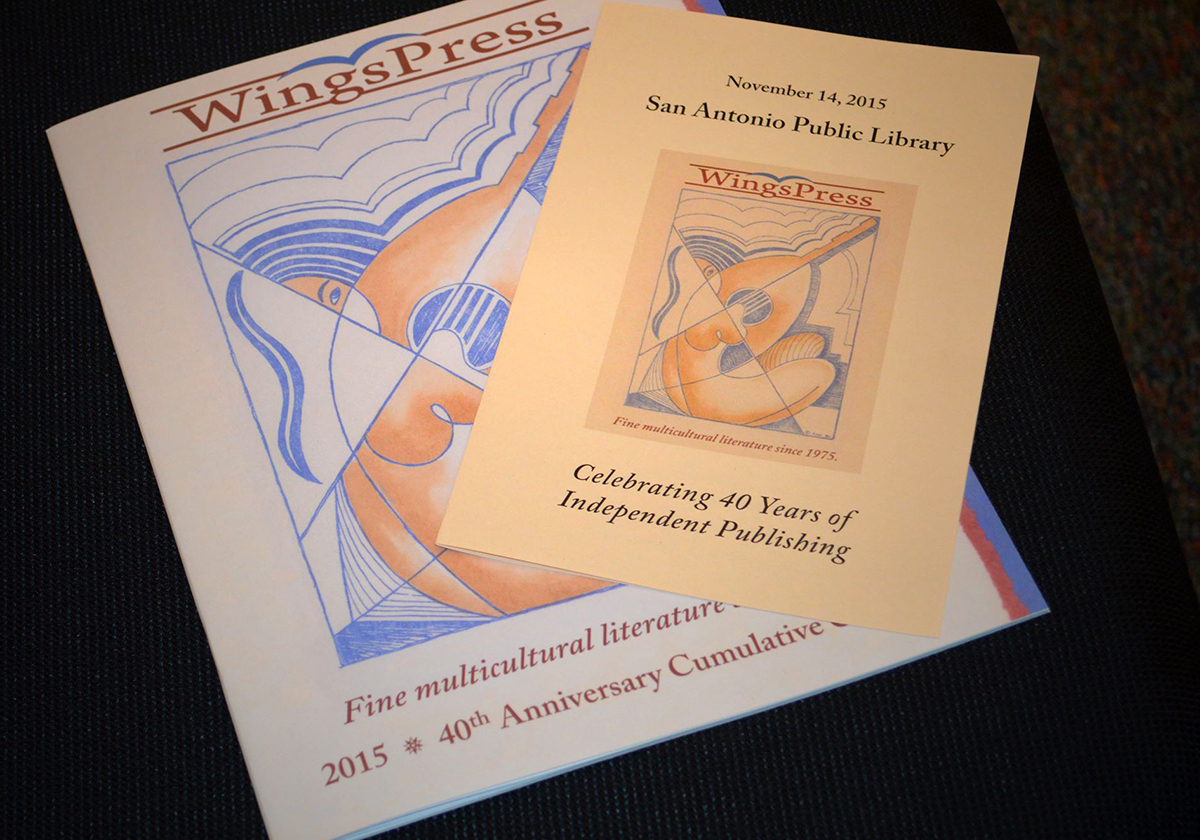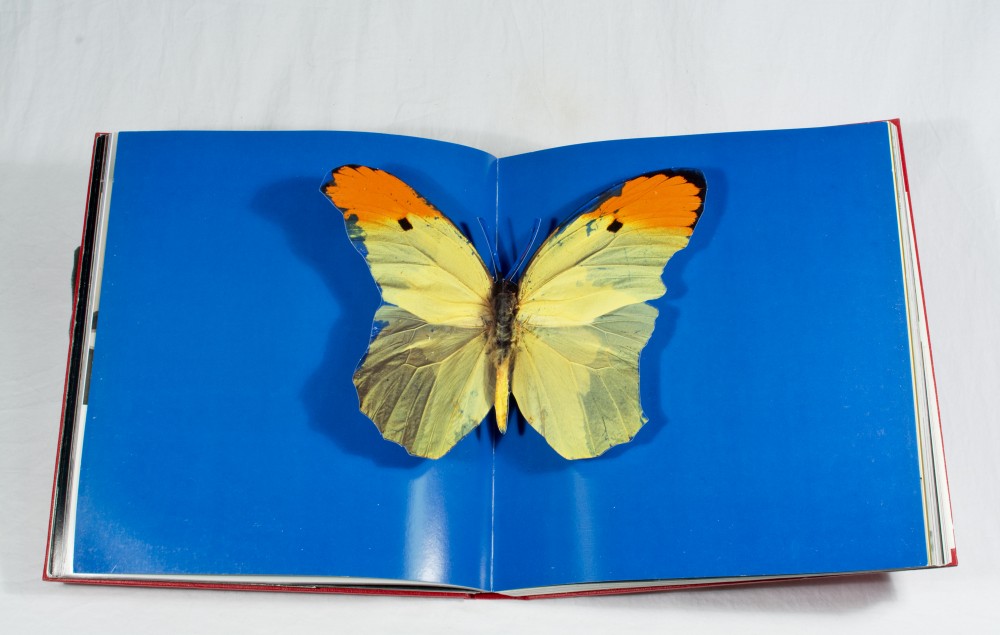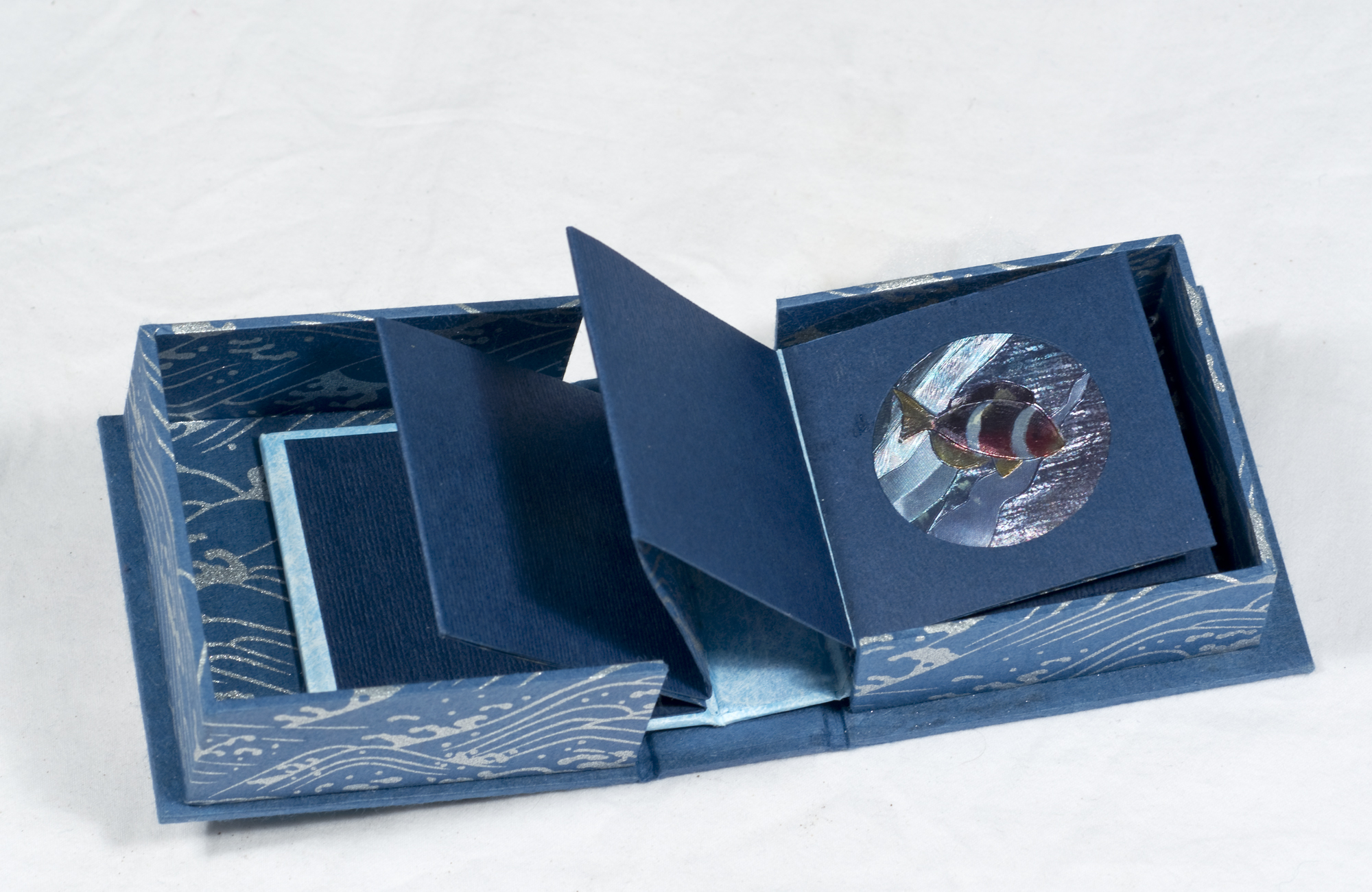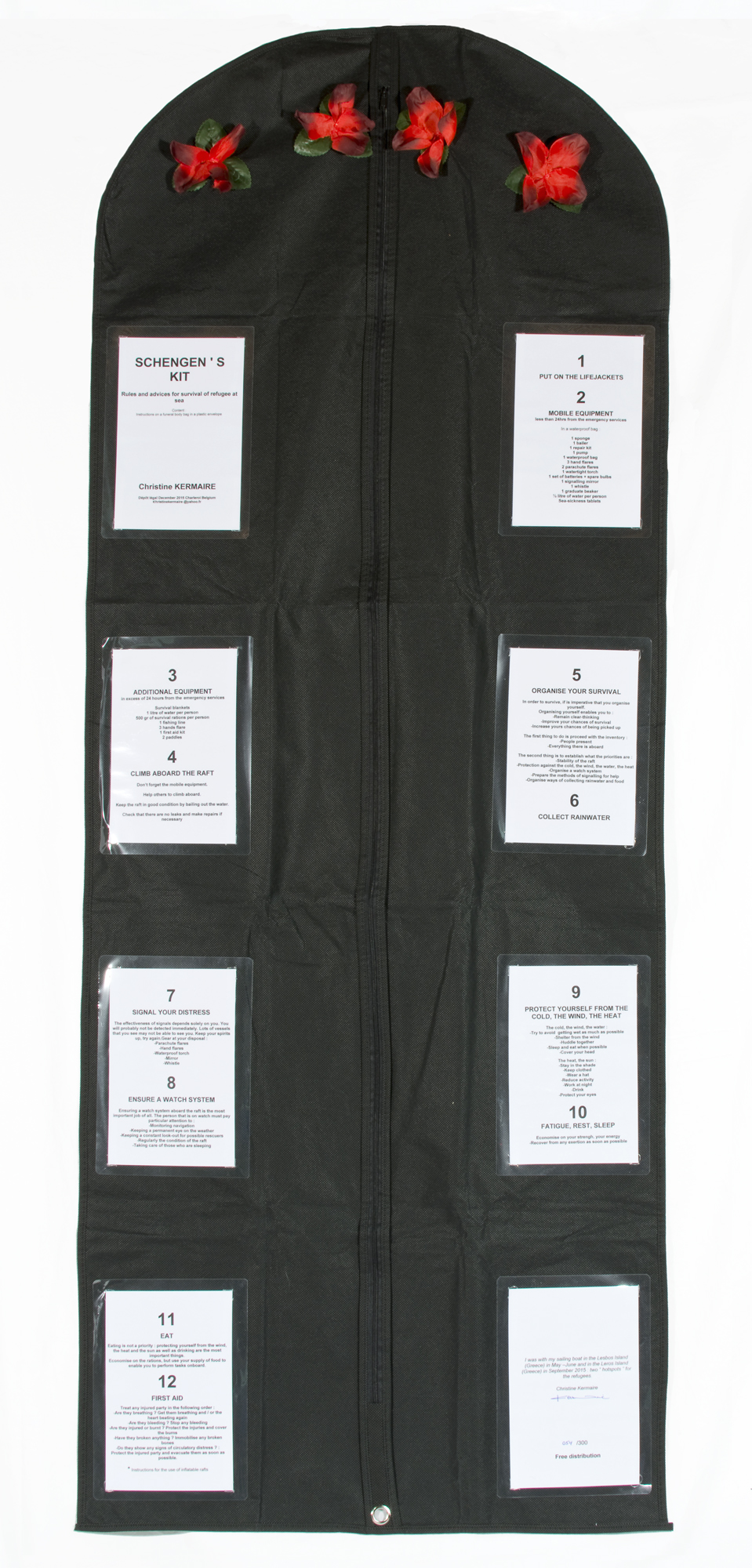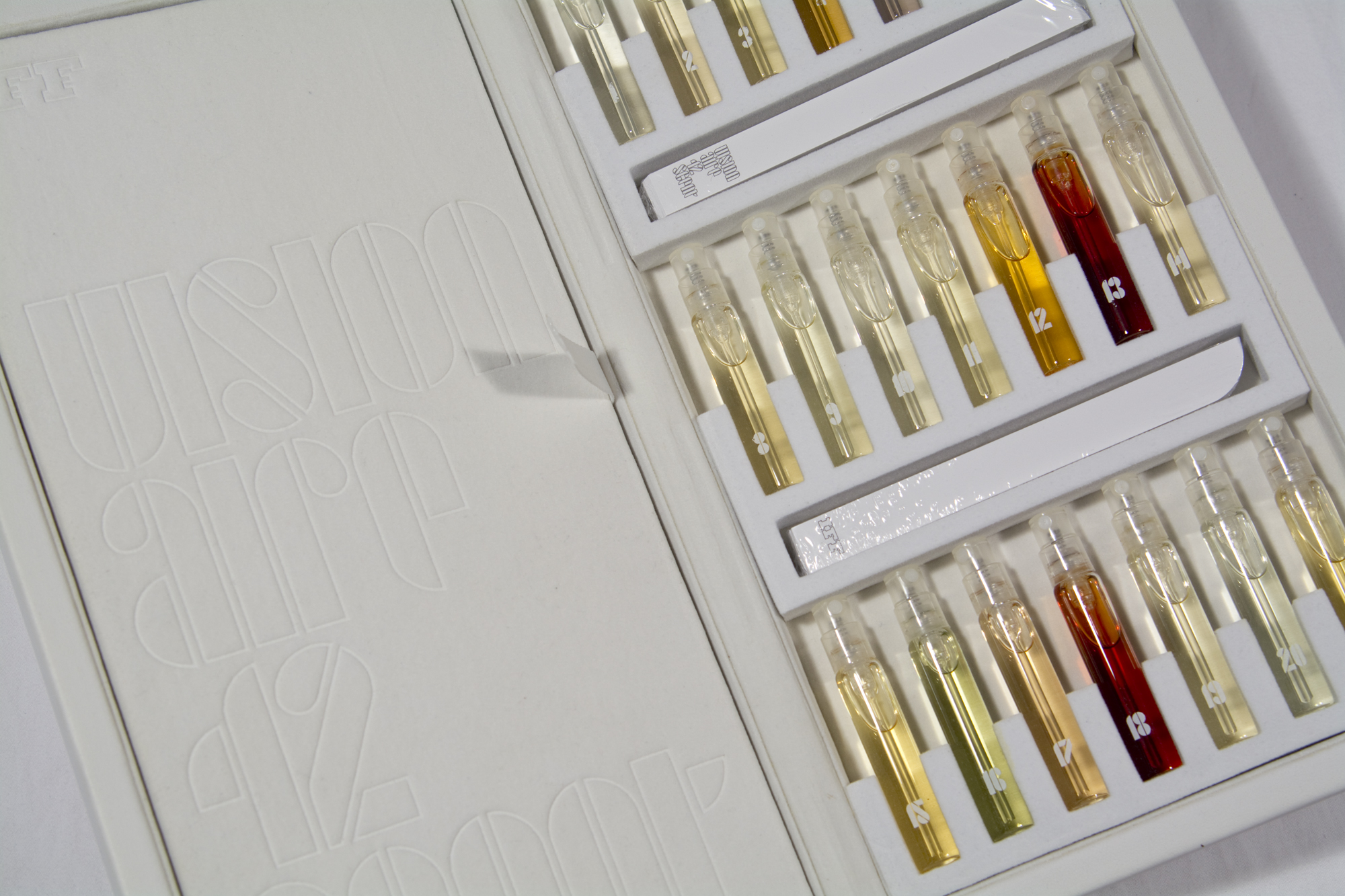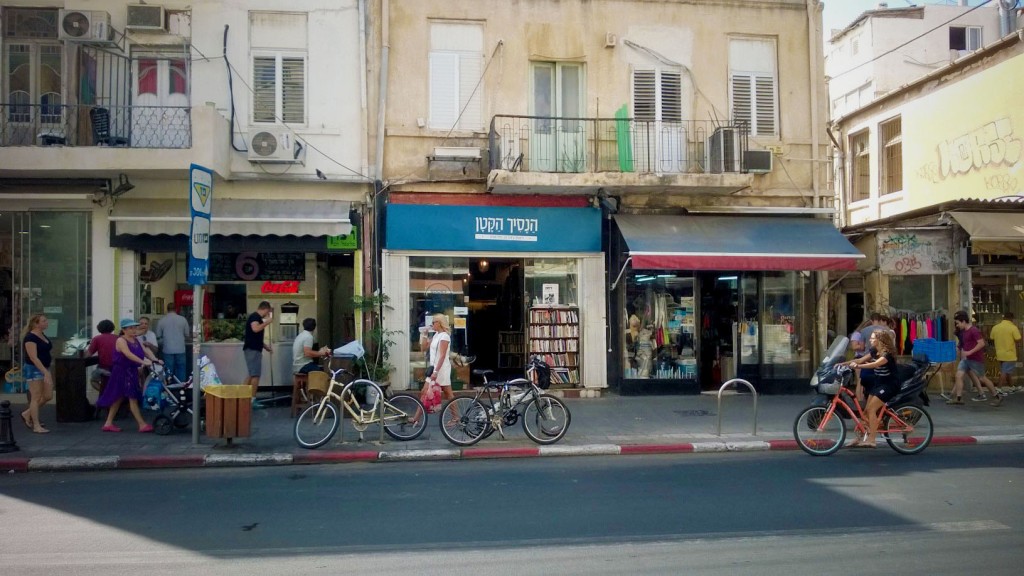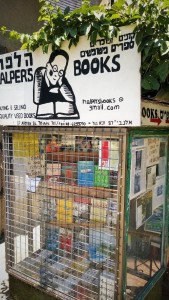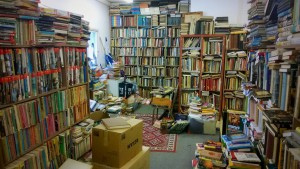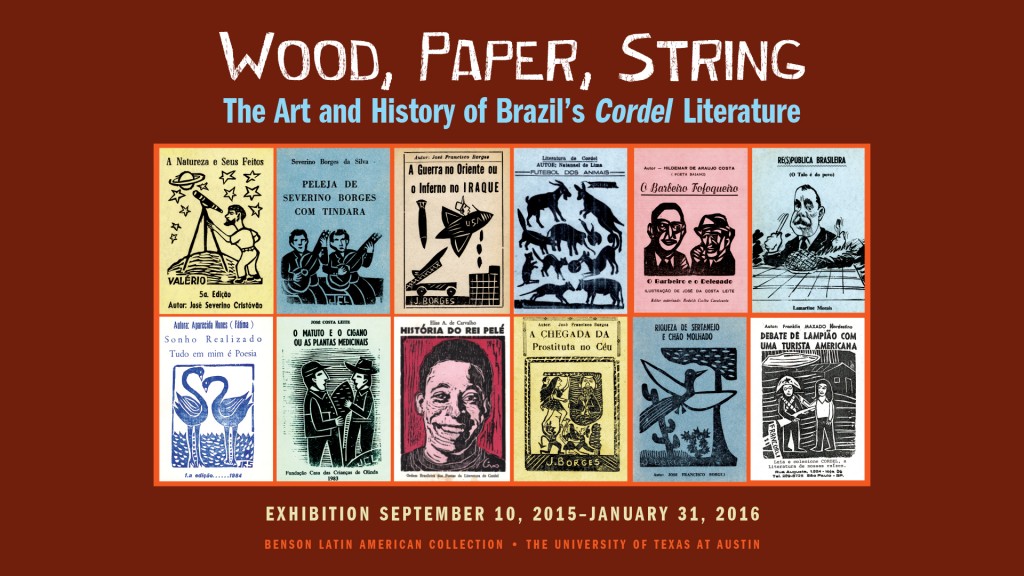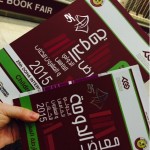The University of Texas Press has published the first encyclopedic examination of the renowned Nettie Lee Benson Latin American Collection (Benson), providing a window into the rich Latin American resources for research and study at The University of Texas at Austin.
Showcasing the incredible depth, diversity and history of the Benson Collection, “A Library for the Americas” presents rare books and manuscripts, maps, photographs, music, oral histories, art and objects dating from around 1500 to the present.
Founded in 1921, the Nettie Lee Benson Latin American Collection at The University of Texas at Austin has become one of the world’s great libraries for the study of Latin America, as well as the largest university library collection of Latin American materials in the United States. Encompassing all areas of the Western Hemisphere that were ever part of the Spanish or Portuguese empires, the Benson Collection documents Latin American history and culture from the first European contacts to the current activities of Latina/os in the United States. The Benson is partner in an innovative collaboration with the Lozano Long Institute of Latin American Studies — collectively called LLILAS Benson Latin American Studies and Collections — that attracts top students, scholars and researchers from around the world.
The Benson collections represent one of the most extensive compilations of materials related to Latin American culture and history in the world, housing approximately 1 million volumes, 4,000 linear feet of manuscripts over 400,000 slides and photographs and an additional 50,000 other items of ephemera and media, representing North, Central and South America, as well as the Caribbean.
The 229-page volume features color images and plates of the unique holdings paired with essays and reflections by distinguished scholars of Latin American and Latina/o studies, who describe the role that the Benson Collection has played in the research and intellectual contributions that have defined their careers.
Benson Librarian and Director Melissa Guy is elated by the book’s publication.
“’A Library for the Americas’ is unique in that it is both a beautiful representation of the Benson’s holdings, as well as a selection of thought-provoking essays from researchers who have used the Benson’s vast holdings to do their work,” says Guy. “Both the seasoned Benson user and the casual observer will find it fascinating.”
“A Library for the Americas” was edited by Julianne Gilland and José Montelongo, and includes contributions from faculty, researchers and historians of Latin American from across the hemisphere. The book features analysis of the overall collections with special focus on collections of distinction like the Relaciones Geográficas, the Gloria Anzaldúa papers, the Ricardo and Harriet Romo print collection and the Borderlands archive, with accompanying full-color imagery.
The Libraries will host a preview and benefit dinner on September 6 in preparation for the upcoming centennial (2021) of the acquisition of the Genaro García Collection, which served as the foundation of the Benson Latin American Collection. Attendees to the event will receive a copy of the book with their tax-deductible contribution. For more information on attending the event, contact Natalie Hester at 512-495-4349 or nataliehester@austin.utexas.edu.
“A Library for the Americas” is available for purchase through the University of Texas Press at utpress.utexas.edu.


